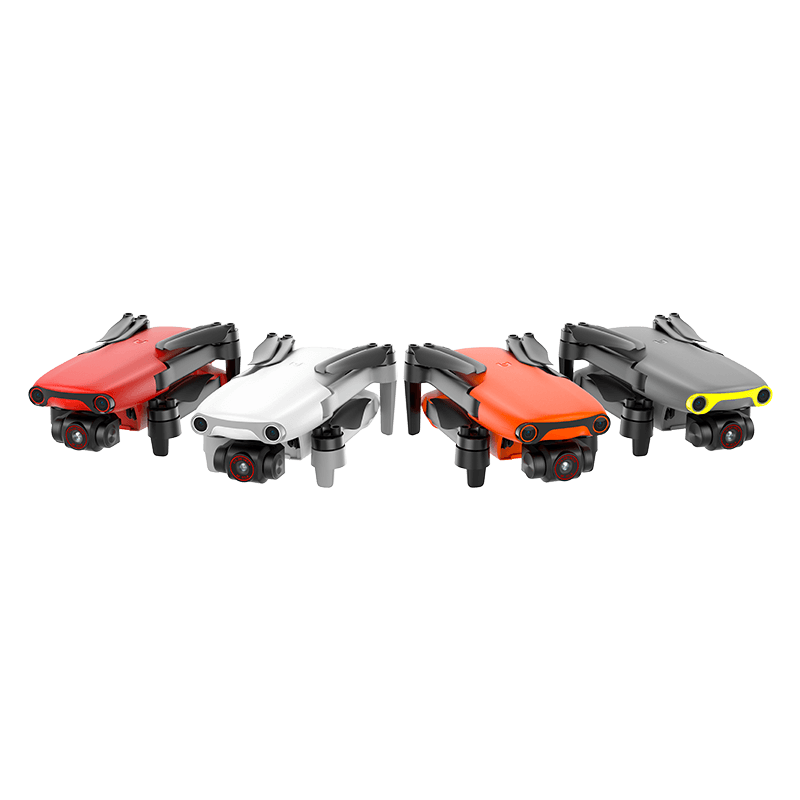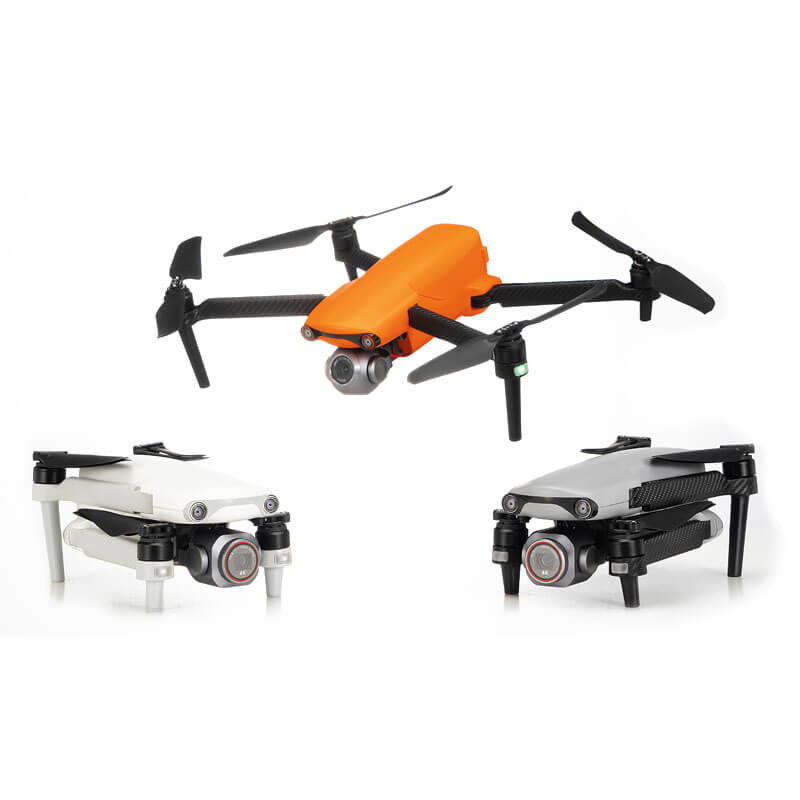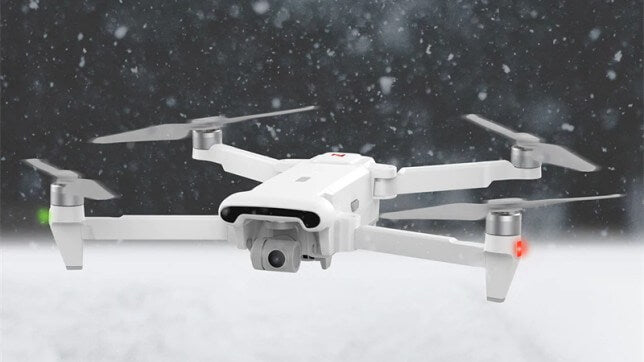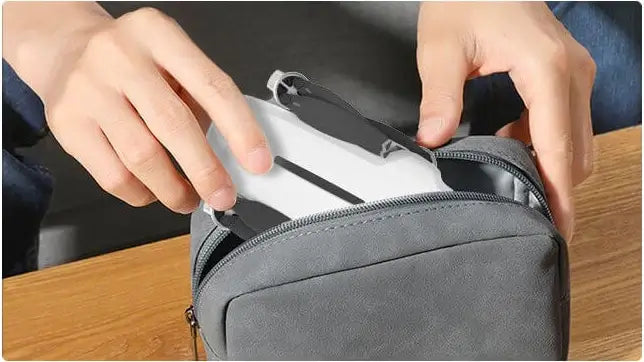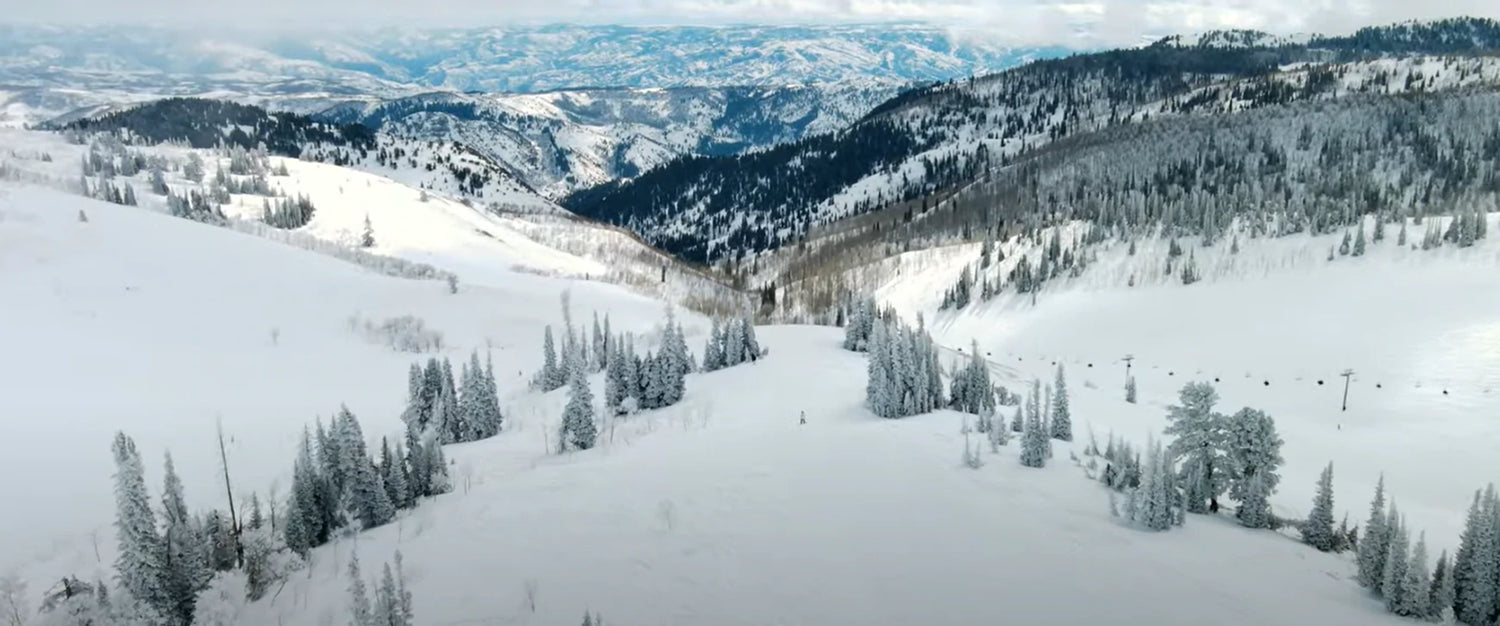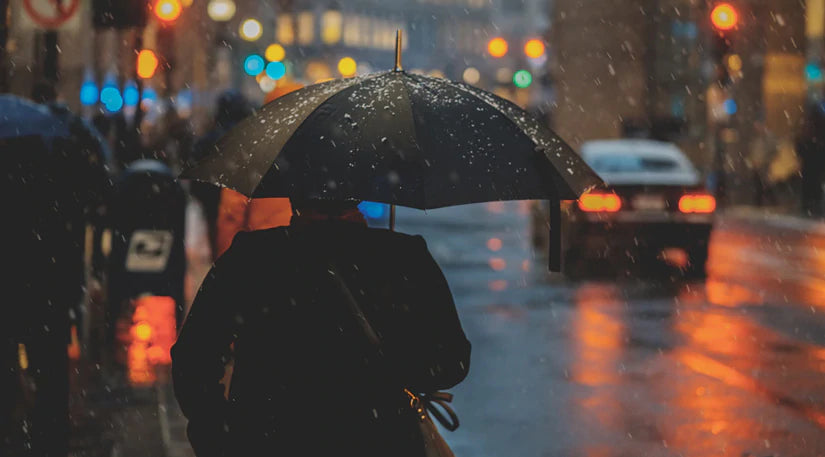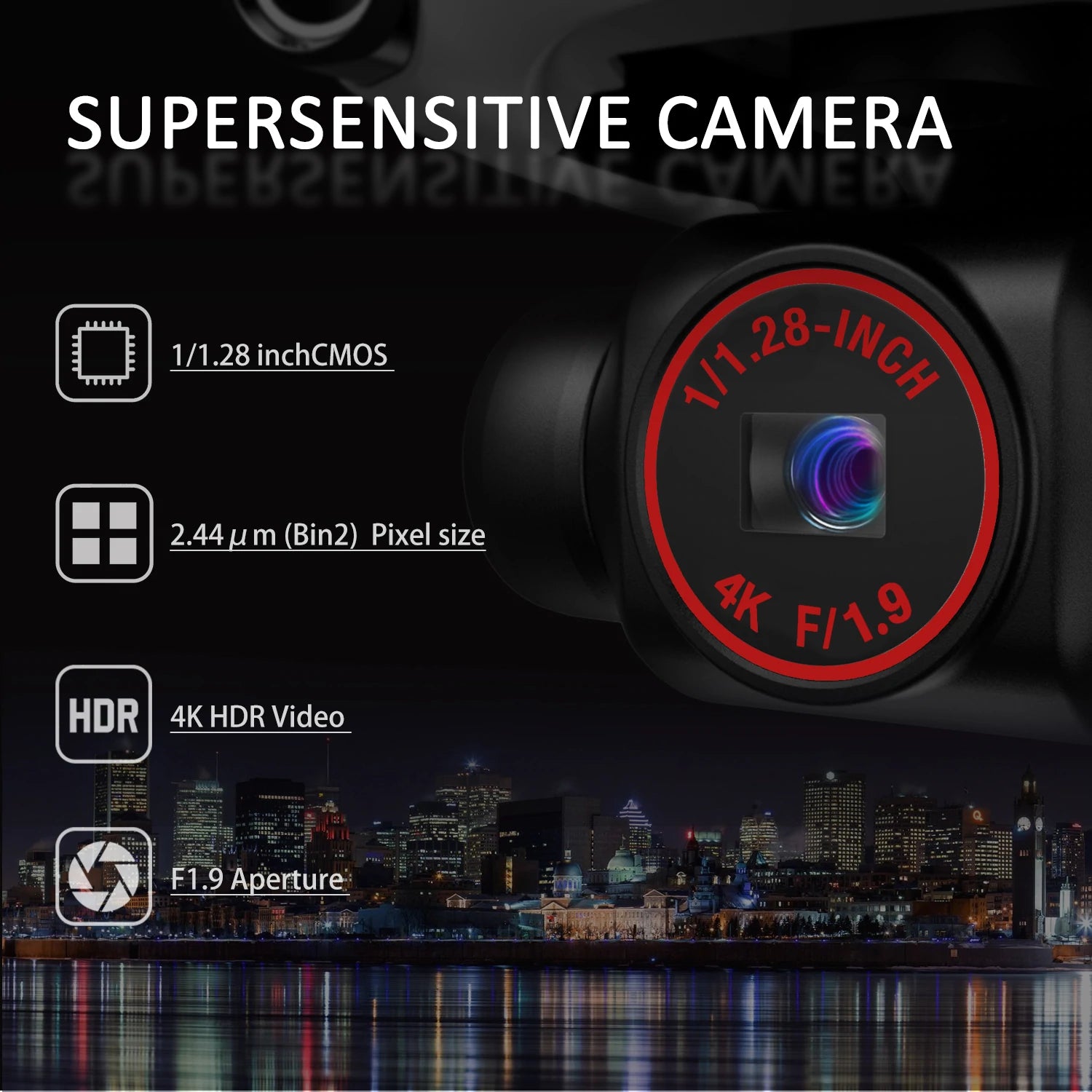For drone pilots who live in cold climates year-round or prefer to fly in cooler temperatures, winter is the perfect opportunity to create stunning photographic content - without a doubt the best time of year one.
Flying a drone in cold weather has its own challenges, and knowing more about the factors that may affect the performance of the drone before going out in the wild will give us a better flight experience when flying the drone, and Reduced damage to drones.
Here are the most common mistakes to avoid when flying a drone in cold temperatures.
1. Don’t Underestimate How Cold The Weather Can Be
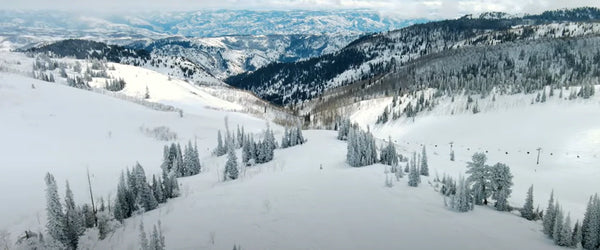
You should not fly an Autel Consumer Drone in temperatures below 14°F (or -10°C), which requires a more rugged aircraft such as the Autel enterprise drone. Before you fly, check the local weather forecast and decide on the best place to fly your drone taking these factors into consideration.
The higher the altitude, the lower the temperature. Cold temperatures can affect battery performance and can cause unexpected power outages. Also, flying your drone when it's snowing can be risky - moisture and ice and snow can get into the motors and damage your aircraft. Keep these limitations in mind and plan accordingly.
2. Warm Up Your Batteries For Winter Flights
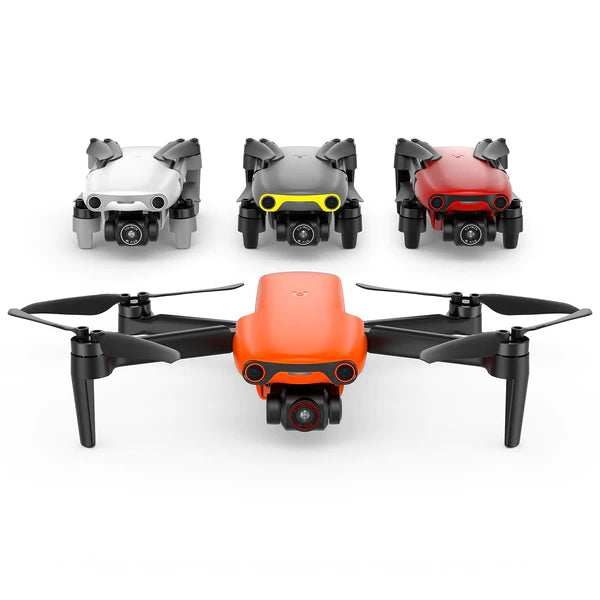
If you want to photograph winter landscapes, don't get excited and don't rush to fly the drone. Take a few extra minutes to warm up the battery to above 59°F (or 15°C). You can use the battery warmer or turn on the battery power before flying.
Make sure your Autel batteries are fully charged and bring a few Batteries Accessories in case you need them. It's wise to carry extra batteries, as low temperatures can drain battery power much faster than normal temperatures.
3. Pay Attention To Inspection Before Taking Off The Drone At Full Speed
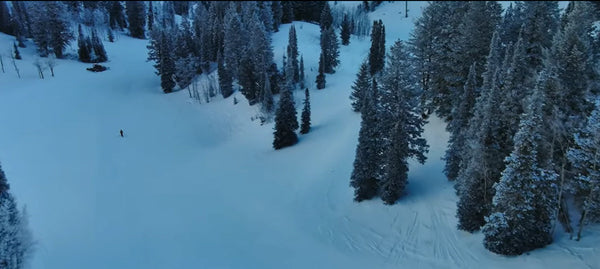
Hover your drone for a few minutes after launching it to make sure the device is functioning properly. This also helps keep the drone's sensors at peak performance. A common mistake many drone pilots make is exploring winter landscapes without proper preparation. If the drone malfunctions, the chances of a crash are greatly increased.
As drone pilots, we need to keep our eyes on the drone. If you start experiencing high winds or snow, bring your drone back and choose a better day to fly.
4. Don’t Ignore Warning Signs
It's important to pay close attention to the warning signs of your drone, especially if you decide to fly on a very cold day. Pay attention to temperature or battery warnings, and bring your drone back immediately if anything goes wrong. Taking extra care in cold weather will help you keep your drone in perfect condition.
5. Plan Ahead for Your Drone Photography
Take the time to plan ahead, drone batteries will drain faster in cooler temperatures, and you can plan for shorter flight times or carry spare batteries. Pay attention to the weather forecast; make sure there are no drastic temperature changes or upcoming snow or high winds. Make a checklist and pack everything you need for your trip, including the right clothes and gloves. That way, you'll enjoy winter to the fullest and be able to capture beautiful images and videos for a lifetime.
Flying a drone in cold conditions is a real risk, and Autel EVO offers comprehensive drone solutions for business, private and recreational needs. Whether it is aerial photography, videography or monitoring, we all provide suitable drones for sale.

